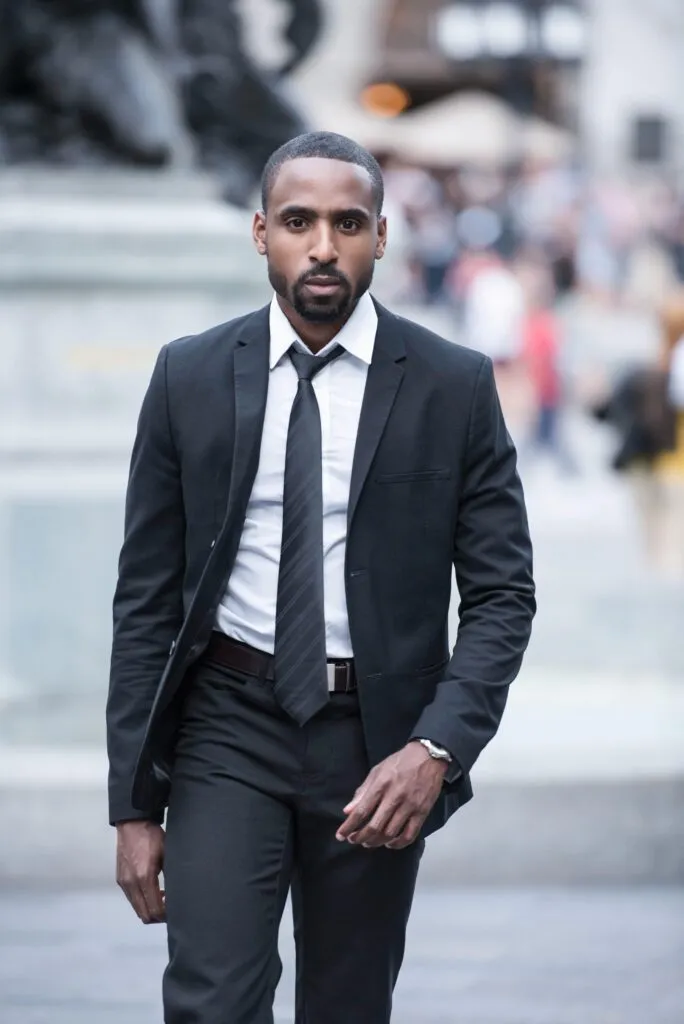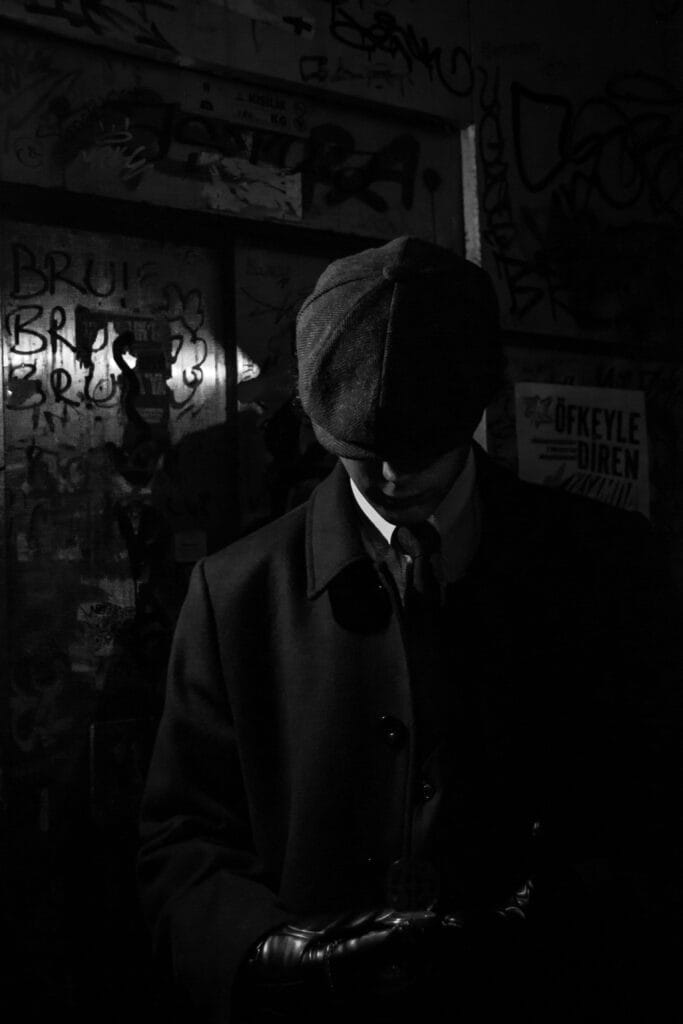How Clothing Shapes First Impressions
You never get a second chance to make a first impression. From job interviews to dates to networking events, the way you dress can influence how others perceive you within seconds. While confidence and charisma are essential, the clothes you wear often speak first—loudly and clearly.

Let’s explore how clothing shapes first impressions and why it’s worth paying attention to what your wardrobe says about you.
1. The Psychology Behind First Impressions
According to psychological research, people make judgments within the first 7 to 10 seconds of meeting someone. These snap judgments are often based on visual cues, with clothing being one of the most immediate and noticeable.
What people unconsciously assess:
- Professionalism
- Trustworthiness
- Sociability
- Status and success
Your outfit becomes a silent ambassador before you even speak.
2. Color Matters More Than You Think
Colors evoke emotions and carry social symbolism. Here’s what some commonly worn colors communicate:
What Else Would You Like to Know?
Choose below:
- Black – Authority, elegance, sophistication
- Blue – Trust, calmness, reliability (great for interviews!)
- Red – Passion, confidence, power
- White – Simplicity, cleanliness, honesty
- Green – Growth, harmony, balance
Understanding color psychology can help you tailor your look to the situation and desired impression.
3. Fit and Grooming Signal Competence
Even if you’re wearing expensive or trendy clothes, poor fit or sloppiness can send the wrong message. A well-fitted blazer, ironed shirt, or clean sneakers shows:
- Attention to detail
- Respect for yourself and others
- Personal discipline
It’s not about wearing designer brands—it’s about looking polished and intentional.
4. Dress for the Occasion
Context is everything. Overdressing or underdressing for a situation can lead to awkwardness or misinterpretation. Consider the setting:
- Job interview: Professional, clean, and industry-appropriate attire
- Casual social event: Relaxed but neat; a smart-casual look works well
- Formal dinner or event: Structured outfits, darker colors, classic accessories
Blending personal style with the appropriate level of formality helps you stand out for the right reasons.
5. Accessorizing Can Enhance or Distract
Accessories like watches, belts, handbags, and jewelry can elevate your look when chosen thoughtfully. But too much can overwhelm or seem unprofessional.
Tips:
- Keep it minimal in formal settings
- Use statement pieces wisely (like one bold necklace or colorful scarf)
- Choose accessories that match your personality but still suit the occasion
The right accessory can become a conversation starter or even a personal signature.
6. Style Reflects Personality and Intentions
Beyond appearances, your clothing hints at your character and goals. For example:
- A person in athleisure might be seen as energetic and health-conscious
- Someone in bold prints could be perceived as creative or extroverted
- A minimal monochrome look may suggest professionalism and focus
By dressing intentionally, you help shape how others interpret your story—even before you speak.
7. Cultural and Social Expectations
In many cultures, clothing communicates more than fashion—it reflects respect, identity, and values. Wearing culturally appropriate or respectful attire shows sensitivity and understanding, especially in diverse or international environments.
Ignoring social cues can unintentionally lead to negative impressions or alienation.
8. Authenticity Still Matters
While it’s helpful to be strategic about your appearance, authenticity should never be sacrificed. People can sense when someone is being genuine, and dressing in a way that aligns with your true self:
- Builds confidence
- Creates trust
- Helps foster real connections
The goal is to amplify your identity, not mask it.
Conclusion: Dress With Purpose
Whether you’re aiming to impress at work, charm on a date, or simply express yourself, your clothes play a powerful role in shaping the first impression. By understanding the subtle language of fashion—color, fit, style, and context—you take control of your personal narrative.
So next time you’re getting dressed, remember: you’re not just choosing clothes, you’re choosing how people will remember you.
The Importance of Fashion in Human History: More Than Just Clothing
» See exclusive tips for your home







